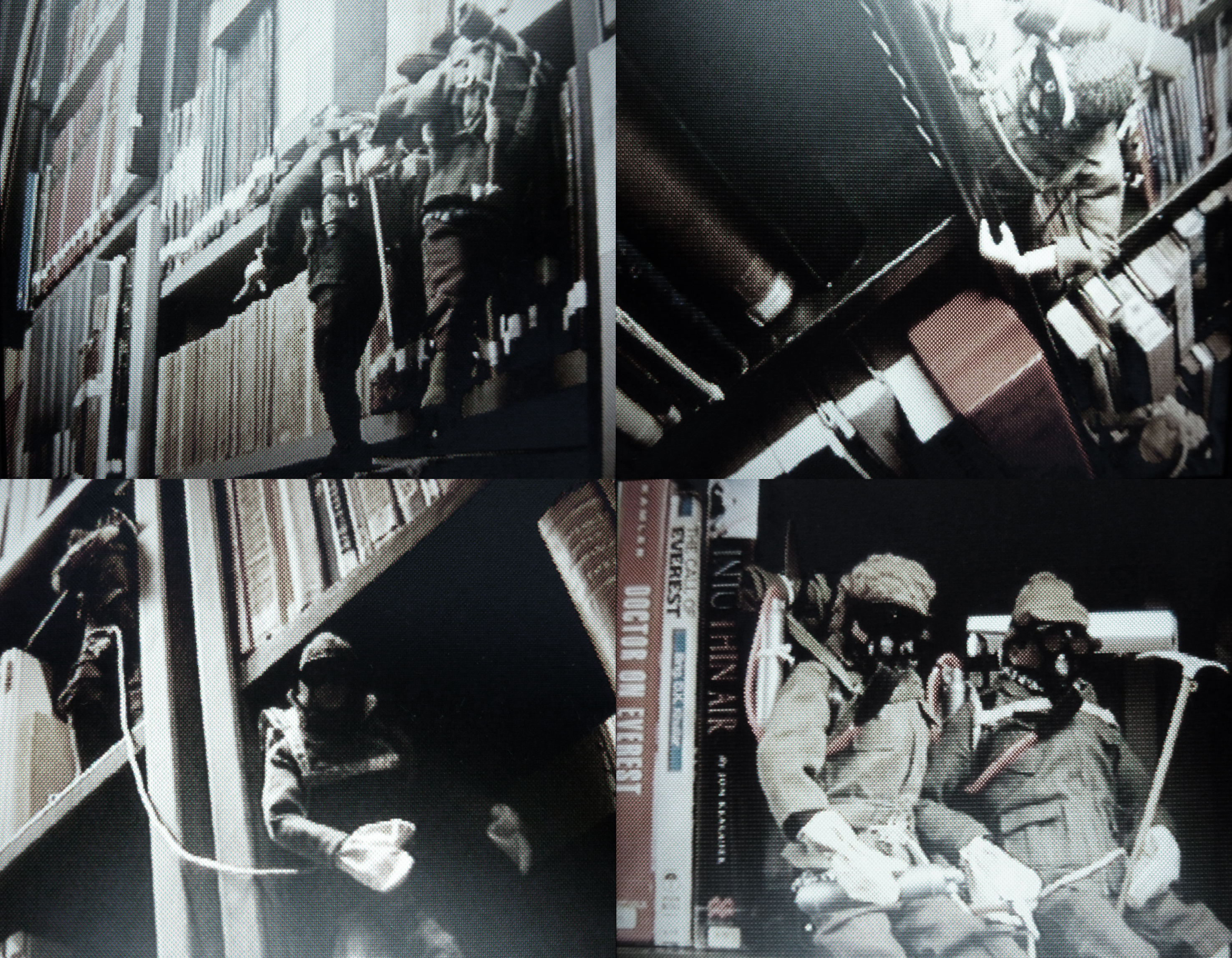Research Impact

Image caption: Everest 1924 from the exhibition ‘Scaling the Heights: miniature mountaineering’ an exhibition by Stephen Livingstone and Abbie Garrington
Our team has experience working with academics from across departments and faculties on activities designed to support REF impact case studies.
We are very keen to support academics who are developing new research projects or grant applications. We can advise you on how to use our collections and spaces in ways that maximise the potential to demonstrate research impact.
Holding an exhibition at one of our venues
If you are interested in building a physical or digital exhibition into your activity plan, please contact us as early as possible in your project planning. Exhibition schedules are confirmed up to two or three years in advance for all our venues.
Look at our information on proposing an exhibition to find out more.
Feedback from Academic Partners
We asked Durham University academics who had worked with us on research impact projects to share what they had learnt. They highlighted:
- Exhibitions and events in museums can offer original ways to highlight research.
- The most successful exhibition projects in terms of REF impact were those that were delivered outside Durham, either in the UK or overseas. These attracted larger audiences and more publicity and were more likely to be able to demonstrate direct economic impact from ticket sales.
‘Being able to maintain a touring version enables us to maintain interest in the project, strengthen reach and give legacy – all great for REF’.
- An exhibition run of several months offers the potential to gather data from a larger number of diverse participants than can be achieved via a single event.
- Data gathering works best if it is built-in and planned from the start, not bolted on at the end.
- A popular publication can be a useful measure of public interest and potentially generate income. It can also provide an excellent project legacy.
- For very large projects, it is useful to engage a dedicated exhibition project officer to undertake practical organisation and data gathering. An exhibition project officer also acts as the interface between the venue and academics.
- Academics should not underestimate the time they will need to commit to developing a project of this kind.
- It is important to fully cost impact activities and to embed these costs within grant bids from the start of the project design. Tagging an exhibition onto the end of a project will be less effective than planning it in from the start. A successful exhibition can take 2-3 years to plan, longer if it is taking place overseas.
- Incorporating school sessions into a programme will only be successful is there is a clear link to the National Curriculum and the session is one that museum staff can offer over a period of years. Teachers value consistency.


/prod01/prodbucket01/media/durham-university/library-/museums-and-galleries/outreach/Galleriesforwebsite.jpg)